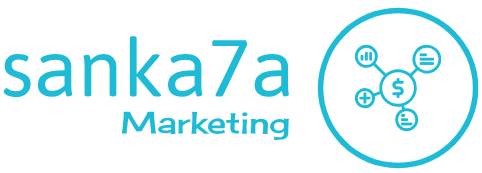The Urgent Need for Standardized Timber Quality
Our world relies heavily on timber, from construction materials to paper products. However, inconsistent quality standards across different regions and suppliers pose significant challenges. This inconsistency leads to unpredictable performance, increased costs due to defects and waste, and ultimately, hinders the sustainable development of the timber industry. Standardization is crucial to ensure a reliable and efficient supply chain, promoting better resource management and economic growth.
Defining Key Quality Indicators for Timber
To establish robust standards, we need a clear definition of key quality indicators. These indicators must go beyond simple measurements like dimensions and encompass factors like knot density, moisture content, strength, and durability. Advanced techniques like non-destructive testing and digital imaging can assist in assessing internal quality, offering a more holistic understanding of timber properties. This comprehensive approach ensures that standards reflect the true performance capabilities of the timber, reducing the risk of structural failures and improving overall product longevity.
The Role of Traceability and Certification in Ensuring Quality
Traceability is paramount in building trust and ensuring quality. A well-defined system that tracks timber from its origin to the final product allows for better monitoring of harvesting practices, processing methods, and transportation conditions. Independent certifications, backed by rigorous audits, can verify that timber meets specified standards, providing buyers with assurance and promoting responsible forestry. This system not only safeguards quality but also encourages sustainable forestry practices and supports responsible sourcing.
Technological Advancements in Timber Quality Assessment
Technology plays a vital role in enhancing timber quality assessment. Modern tools like near-infrared spectroscopy (NIRS) and computer vision systems provide quick and accurate measurements of crucial quality parameters, minimizing human error and improving efficiency. These technologies allow for real-time monitoring of timber properties throughout the entire supply chain, helping to identify and address quality issues promptly. This proactive approach minimizes waste and improves the overall efficiency of the industry.
Collaboration and International Standards Harmonization
Creating effective timber quality standards necessitates collaboration on a global scale. International organizations and industry stakeholders must work together to develop harmonized standards that are universally recognized and accepted. This collaborative effort promotes fair trade, facilitates international commerce, and ensures the consistent supply of high-quality timber across borders. Such cooperation is essential to achieving sustainable and equitable growth within the timber industry globally.
Benefits of Implementing New Timber Quality Standards
Implementing new, robust timber quality standards offers a multitude of benefits. These include increased predictability in timber performance, leading to safer and more durable constructions. Improved resource management practices will reduce waste and enhance sustainability. The standardization also fosters greater transparency and trust throughout the supply chain, leading to improved efficiency and economic growth within the sector. Ultimately, this translates to a more responsible and sustainable future for the timber industry, benefiting both businesses and consumers alike.
Promoting Sustainable Forestry Practices through Quality Standards
Strong timber quality standards are inextricably linked to sustainable forestry practices. By setting clear requirements for responsible harvesting and processing, these standards incentivize forest managers to adopt






![Everything You Need to Know Hermes’ [Bag Name] Everything You Need to Know Hermes’ [Bag Name]](https://images.unsplash.com/photo-1507666664345-c49223375e33?fm=jpg&q=60&w=3000&ixlib=rb-4.0.3&ixid=M3wxMjA3fDB8MHxzZWFyY2h8MTN8fGhlcm1lcyUyMHBhcmlzJTIwYmFnfGVufDB8MHwwfHx8Mg%3D%3D)



